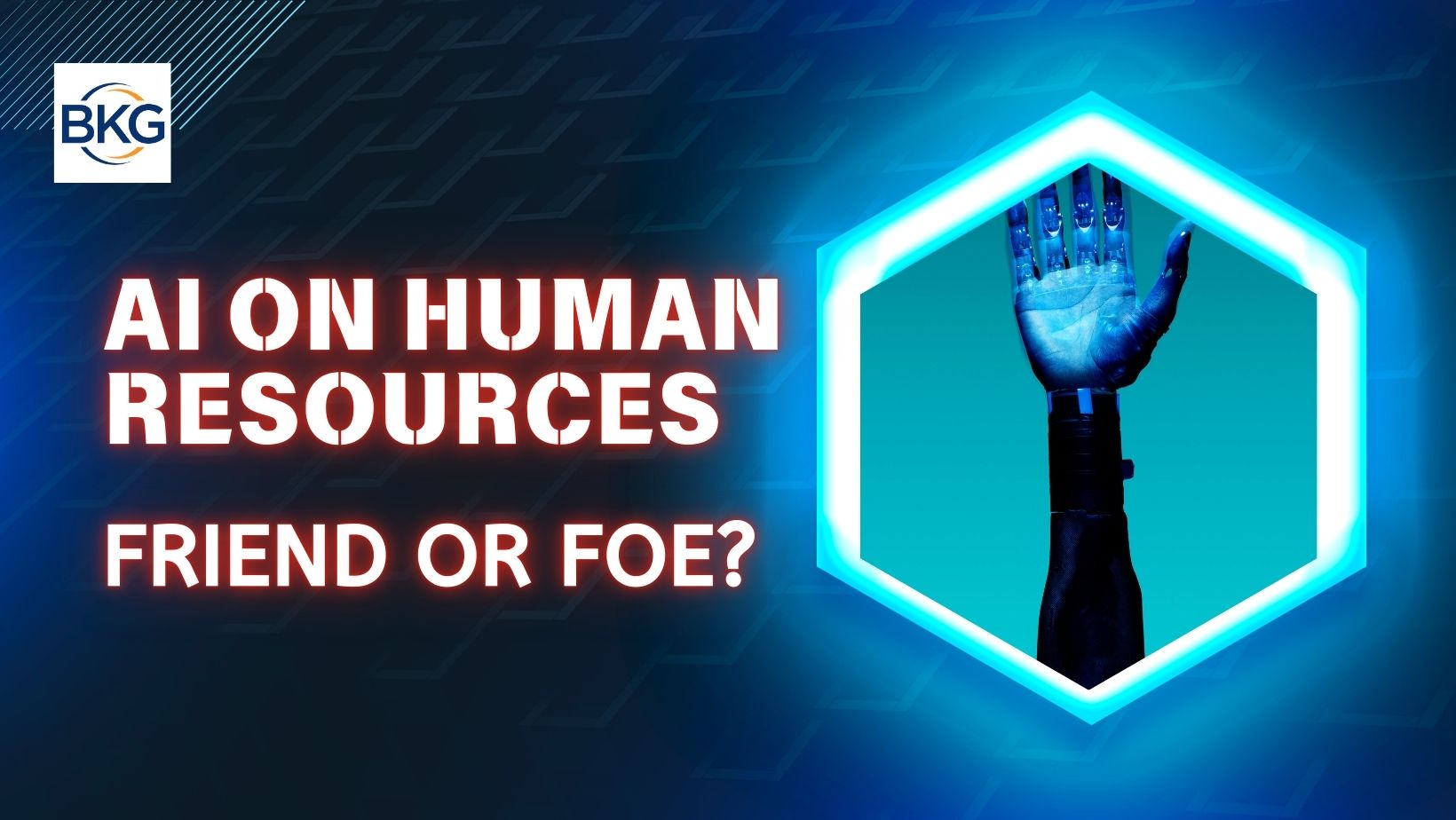
Are you prepared to embark on a profound exploration of the intricate relationship between artificial intelligence (AI) and the dynamic realm of Human Resources? This comprehensive journey delves into the transformative power of AI on HR functions, assessing its potential as both a friend—augmenting human capabilities—and a potential adversary, raising critical considerations for ethical and strategic HR management.
Introduction
Welcome to the frontier of HR innovation, where the integration of artificial intelligence has the potential to revolutionize the way organizations manage their most valuable asset—their people. Join us on this exploration as we examine the multifaceted impact of AI on Human Resources, weighing the benefits it brings as a friend and the challenges it poses as a potential adversary.
Understanding the Transformative Power of AI in HR
A. Augmenting Recruitment Processes
In the realm of talent acquisition, AI emerges as a steadfast ally, streamlining recruitment processes and amplifying HR professionals’ strategic contributions. This section explores how AI enhances candidate sourcing, resume screening, and interview scheduling, freeing HR teams to focus on higher-order tasks such as cultural fit and soft skills evaluation.
B. Optimizing Employee Onboarding and Training
AI’s influence extends to onboarding and training, transforming these critical HR functions. Delve into how AI personalizes learning paths, provides real-time feedback, and fosters a culture of continuous development, ultimately contributing to a more skilled and engaged workforce.
The Friend: AI Enhancing HR Decision-Making
A. Data-Driven Decision-Making
As a trusted companion, AI empowers HR leaders with unparalleled data-driven insights. This section explores the transformative impact of predictive analytics and machine learning algorithms, enabling informed decision-making in workforce planning, succession management, and proactive interventions.
B. Enhancing Employee Experience
AI, as a friend, contributes to a more personalized and engaging employee experience. Uncover the role of AI-driven technologies such as chatbots and virtual assistants in providing instant support, answering queries, and fostering a workplace environment where employees feel heard and supported.
Navigating Ethical Considerations and Potential Challenges
A. Guarding Against Bias in AI
As organizations embrace AI, they must navigate potential pitfalls, with bias standing out as a critical concern. This section sheds light on the imperative of vigilant oversight, ensuring that AI algorithms remain fair and unbiased in areas like hiring, promotions, and performance evaluations.
B. Preserving Human Connection in Employee Relations
While AI optimizes routine tasks, preserving the human touch in critical HR functions is paramount. Explore how organizations can strike a delicate balance, leveraging AI for efficiency while maintaining the personal connection essential for employee relations and conflict resolution.
Strategies for Successful Integration and Collaboration
A. Reskilling HR Professionals
To harness AI as a friend, HR professionals must embark on a journey of reskilling. This section discusses strategies for upskilling HR teams, ensuring they possess the expertise to effectively leverage AI tools while enhancing their capabilities in tandem with evolving technological landscapes.
B. Building a Future-Ready HR Strategy
As technology evolves, HR strategies must evolve in tandem. Dive into the importance of crafting a future-ready HR strategy that anticipates advancements in AI, allowing organizations to stay agile and responsive to changing workforce dynamics.
The Future Landscape: Balancing Innovation and Human Touch
A. Collaboration Between Humans and Machines
Envision a future where collaboration between humans and machines defines the HR landscape. Explore the concept of a collaborative mindset, allowing organizations to leverage AI’s efficiency while preserving the uniquely human qualities crucial for effective HR management.
B. Shaping the Workforce of Tomorrow
As AI integrates into HR, organizations have a unique opportunity to shape a workforce that seamlessly combines human and machine capabilities. This section explores how forward-thinking HR leaders can lead this transformation, aligning technology with organizational goals and values to create a harmonious collaboration.
Conclusion: Navigating the AI-HR Frontier
In concluding this exploration, envision a future where AI and HR join forces to create a workplace that is efficient, equitable, and human-centric. By recognizing AI as a friend and understanding the potential challenges it poses, HR professionals can navigate the frontier of AI integration with wisdom and foresight, ensuring a harmonious collaboration that propels organizations toward success.
